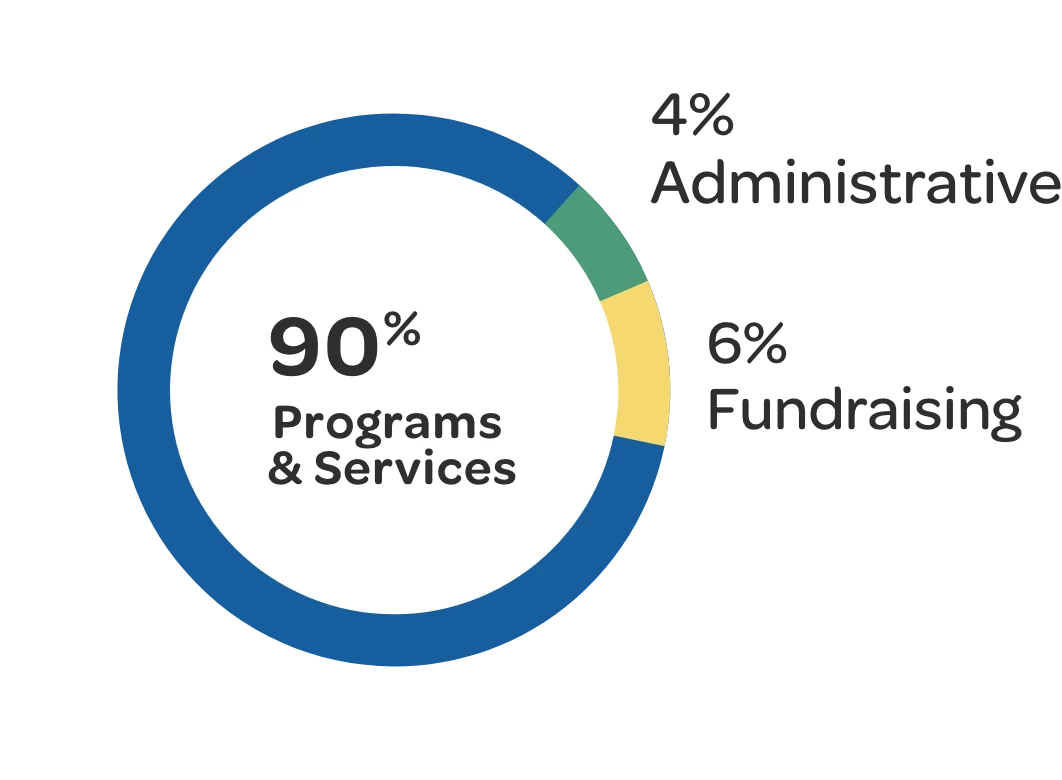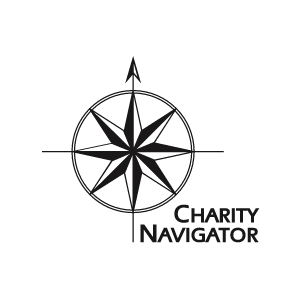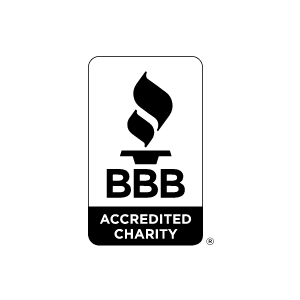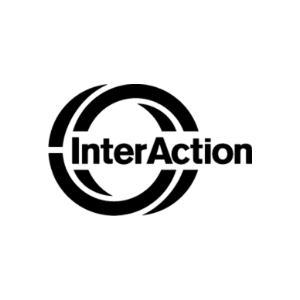Zakat Conditions & Calculations
Zakat falls due when certain conditions are met: Zakat is due only on zakatable wealth that reaches an established minimum threshold for that particular kind of wealth. A lunar year’s full cycle must elapse on nisab for zakat to come due.






